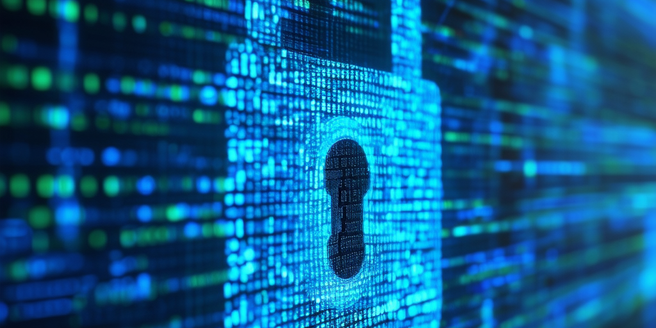Understanding Online Transaction Security
Online transactions, while convenient, expose users to potential security risks. These risks can include fraud, identity theft, and unauthorized access to personal financial information. To address these concerns, online businesses deploy various security measures. One important measure often employed is two-factor authentication, which adds an extra layer of security. These include encryption, Secure Socket Layer (SSL) protocols, firewalls, and intrusion detection systems. Despite these safeguards, consumers also need to be proactive by understanding the technology and security measures implemented by online businesses. Awareness of these aspects can significantly enhance the security of online transactions and protect users from potential threats.
Safeguarding Personal Data During Transactions
During online transactions, safeguarding your personal data is crucial. Reveal only the minimal necessary information, avoid saving your card information online, and use encryption for communications. It’s important to remember that using trusted online payment systems can add another layer of security. Investing in a reliable antivirus software can provide an additional layer of protection against data breach. This additionally includes the use of firewall for added security. Other precautions like checking the site’s security settings, avoiding public Wi-Fi for transactions, and verifying the company’s reputation can also enhance transaction safety. Regularly updating passwords and using strong, unique combinations can further secure personal data.
Recognizing and Avoiding Phishing Scams
Phishing scams are a prevalent and insidious threat to the security of online transactions. They trick users into revealing private information by posing as legitimate entities. These scams are often designed to look extremely convincing, playing on fears or urgency to motivate action. It’s important to note that no reputable company will ever ask for your password or other sensitive information via email. Recognition is the first step towards avoiding phishing scams. Look for signs like incorrect grammar, urgent action requests, and unverified sender addresses. Never click suspicious links or download attachments from unknown sources. Always confirm the legitimacy of communication before sharing sensitive information.
Using Secure Payment Methods for Online Purchases
Secure payment methods can significantly reduce the risk associated with online transactions. These include services like PayPal, Google Pay, and Apple Pay, all of which offer transaction protection and privacy. Specifically, these services use encryption to protect your personal information, making online transactions more secure. It’s worth noting that credit cards may offer stronger protection measures as compared to debit cards. Consider using virtual credit cards and prepaid cards for anonymous and limited transactions. Using these secure payment methods not only safeguards your financial information but also brings peace of mind. This can minimize potential damage if your financial information is compromised.
Implementing Two-Factor Authentication
Two-factor authentication (2FA) adds an extra layer of security by requiring two different forms of identity confirmation. These can be something you know (like a password), you have (like a code sent to a device), or you are (biometric data). One application of 2FA is during online transactions where it prevents fraudulent activities. It is becoming increasingly popular because of its effectiveness in thwarting cyber attacks. In this way, even if one factor is compromised, the second layer of security can still protect your data. While not foolproof, implementing 2FA for online transactions significantly reduces the likelihood of unauthorized access, providing an additional layer of protection.
Keeping Software and Devices Up to Date
Software and devices house the environment for your online transactions. It is in this digital environment that sensitive information exchanges take place. To avoid risking the security of your personal information, it is vital to always be vigilant about the state of your devices and software. Regularly updating them is key for securing transactions as they come with security patches for evolving threats. Moreover, these updates often bring performance enhancements, making your transactions faster and more efficient. Be it a financial app or your operating system, ensure that you’re using the latest version. Updated antivirus and encryption software can also provide an additional security layer and protect against potential threats.


